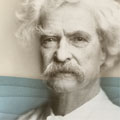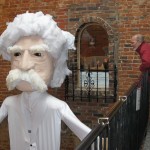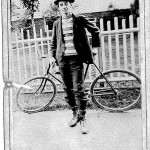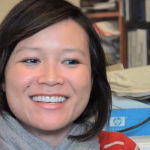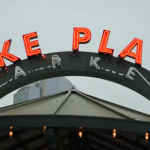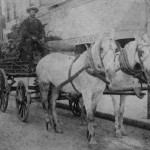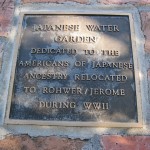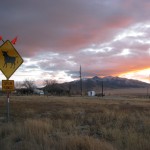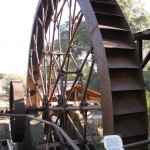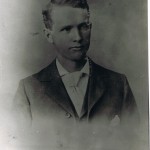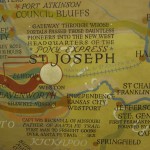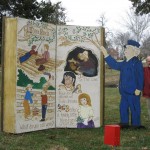Finding archaeologist Karen Hunt is kind of a hassle. She’s hidden, sort of like the artifacts she and volunteers dig for during September weekends at the Mark Twain Archaeology Dig. It’s home to the former farmstead of John Adams Quarles, Mark Twain’s uncle. Twain spent summers on the farm, and here he became acquainted with the Quarles’ slaves. One in particular, Uncle Dan’l, might have been the inspiration for Twain’s character Jim.
To get to Hunt’s farmstead excavation site, she instructs us to pass Grandma’s Country Music on Highway 107 and look for a red and white building, meanwhile the road seems like it’s getting narrower with each turn. We drive right past Hunt, who is waiting for us in her gray pickup truck.
When we finally do arrive, instead of getting out of our vehicles for the usual introductions, Hunt jumps back in her truck and leads us a quarter-mile up the side of a steep hill. I was a little worried about our minivan, considering it had yet to perform in mildly off-road situations. (It was fine. Luckily.)
Hunt, 71, has dedicated her life to uncovering what’s beneath the ground on top of this hill, which provides a sweeping view of the landscape. Today it’s the glass shards from a broken window and the top of a candy dish; other days it’s a doll or a clay pipe.
“I’m just trying to say this is your missing link, people,” Hunt says. Most living history farms, she says, rely on speculation, but her work is moving beyond that. Ultimately, she says, it’s going to help verify Twain’s writings about the farm.
“Nobody knew this structure was there until I decided to prove it,” she says.
Hunt uses electromagnetic photo fields to diagram the farmstead. With this technology, she can map any structure that had been there for more than six months. As a result the site is a maze of colored tape and flags, which mark the walls, windows and doors of the Quarles farmstead.
As Hunt gives us the tour, she beckons us inside. “But you have to go through the door,” she says. It’s a joke, which I don’t realize at first thanks to her dry humor. The door she’s talking about hasn’t existed for at least a hundred years. It’s marked by two tiny blue flags stuck in the ground.
Hunt reconstructed the two-story house that now sits on the property. Although much of the structure is new, the winding walnut staircase is from the 1830s, and the oak logs and wooden chinking on the interior are from the 1830s and 1850s.
Today a mother-daughter team in bandanas is scraping away at the dirt with little pointy tools, while another woman sits among buckets of dirt underneath a canopy tent. Two men in suspenders watch and work.
Hunt was introduced to the site in the early 1970s, and it floated in and out of her life until 1991, when she bought the property. No one had excavated it before. In fact, a couple had parked their trailer home on top of the house’s old foundation. They had no idea what was sitting under them.
Alyssa


